Search Results
Filters
Advanced Search
209 Results
-
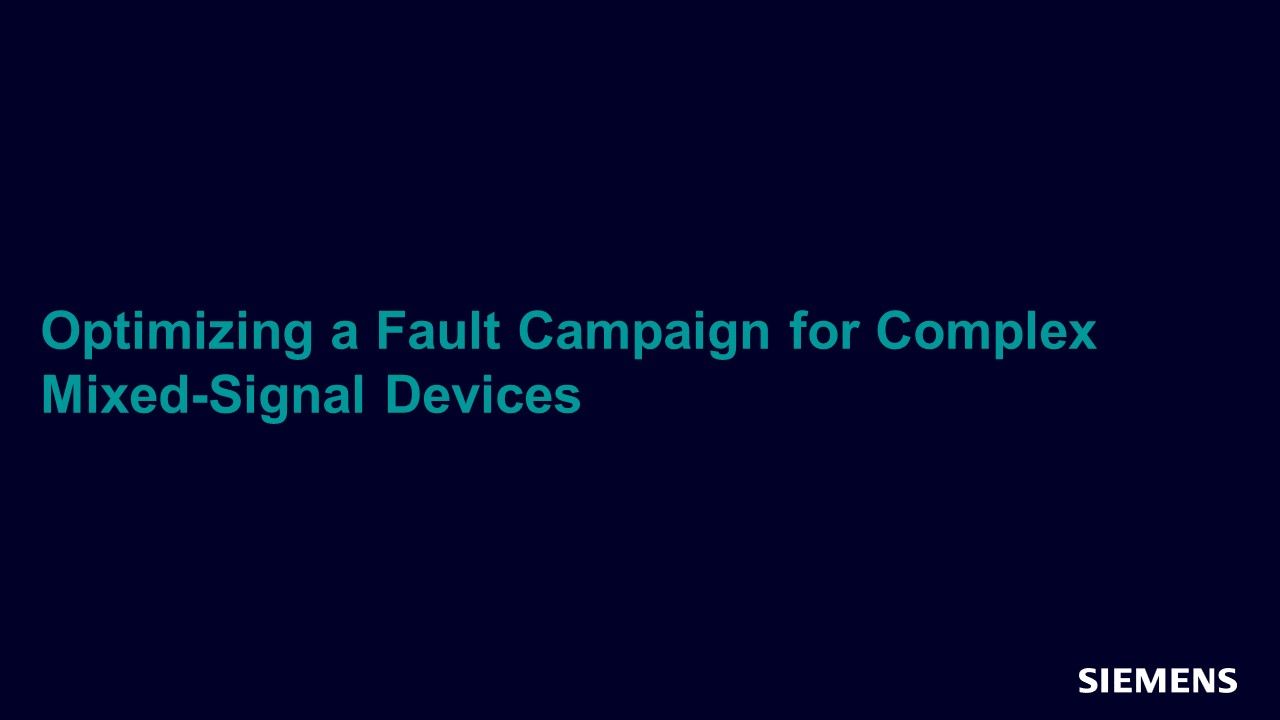
Optimizing a Fault Campaign for Complex Mixed-Signal Devices
Webinar - May 04, 2021 by Jake Wiltgen
In this session, you will learn details how to effectively set up and execute an ISO 26262 fault campaign for mixed signal designs and establishing an efficient fault injection workflow for analog and digital portions of the design.
-
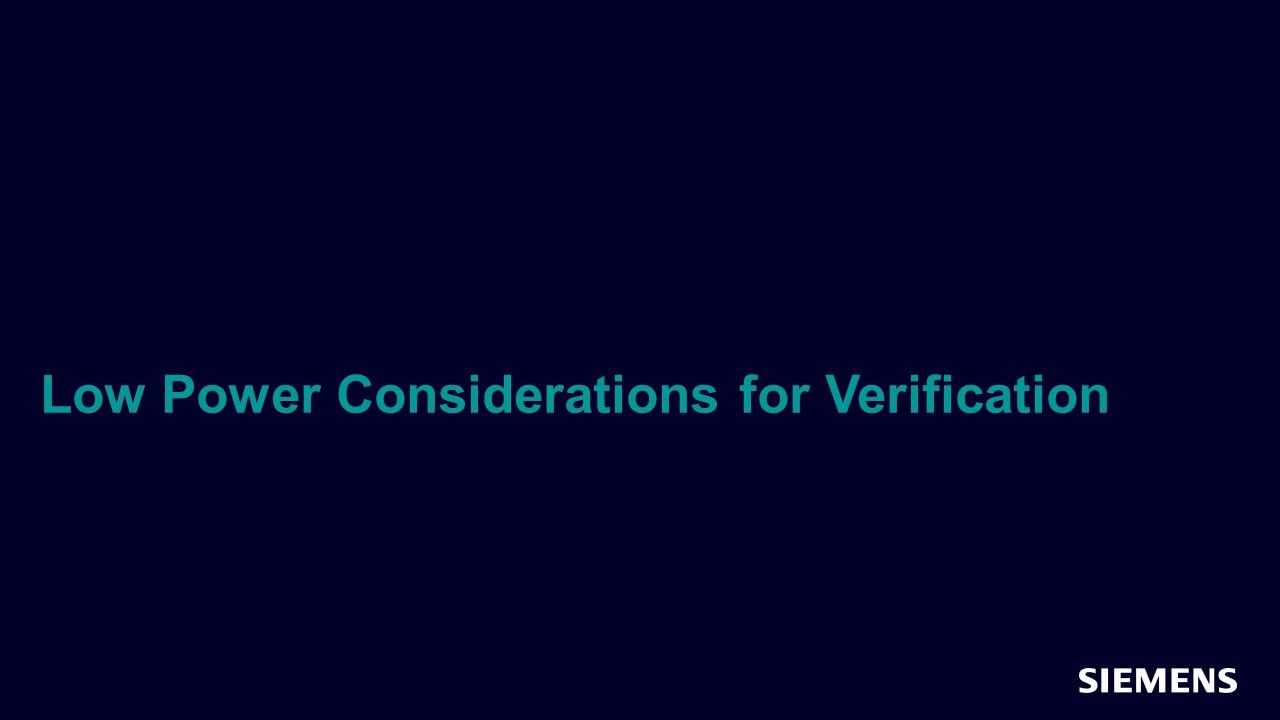
Low Power Considerations for Verification
Webinar - Apr 29, 2021 by Rick Koster
Achieving coverage closure increases with the number of power domains in a design. The UPF add_power_state and add_state_transition commands can help bound the verification state space. In this session we will discuss how to use these commands to manage verification.
-
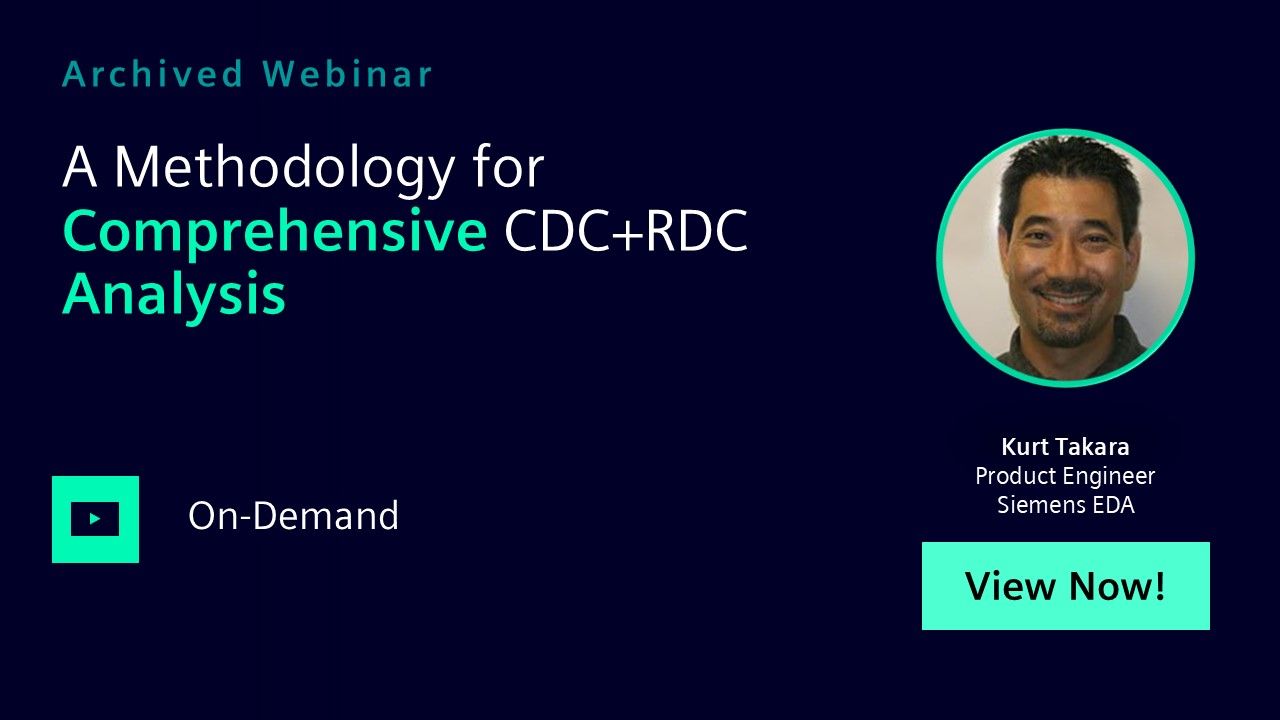
A Methodology for Comprehensive CDC+RDC Analysis
Webinar - Apr 20, 2021 by Kurt Takara
In this session, you will learn how to improve your comprehensive CDC and RDC methodology development schedules and predictability.
-
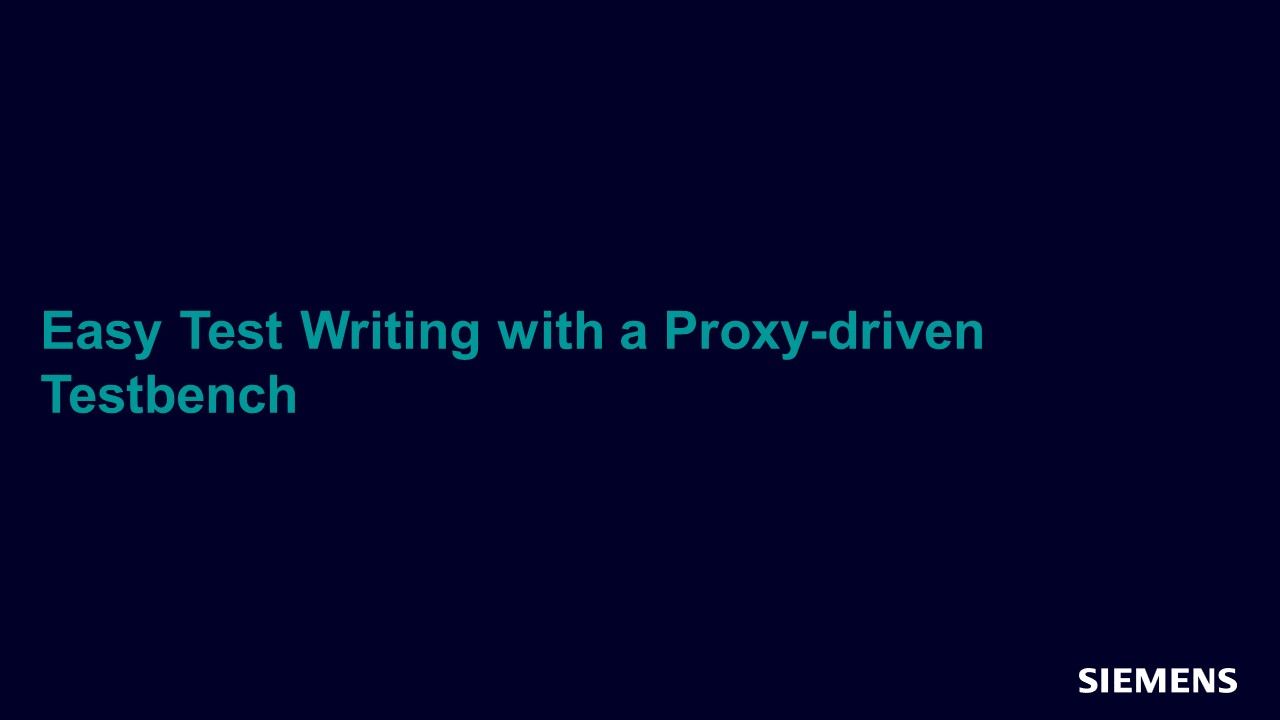
Easy Test Writing with a Proxy-driven Testbench
Webinar - Apr 06, 2021 by Ray Salemi
In this session we'll examine ways to create powerful reusable testbenches by hiding the signals and providing your test writers with a proxy that lets them start writing tests immediately.
-
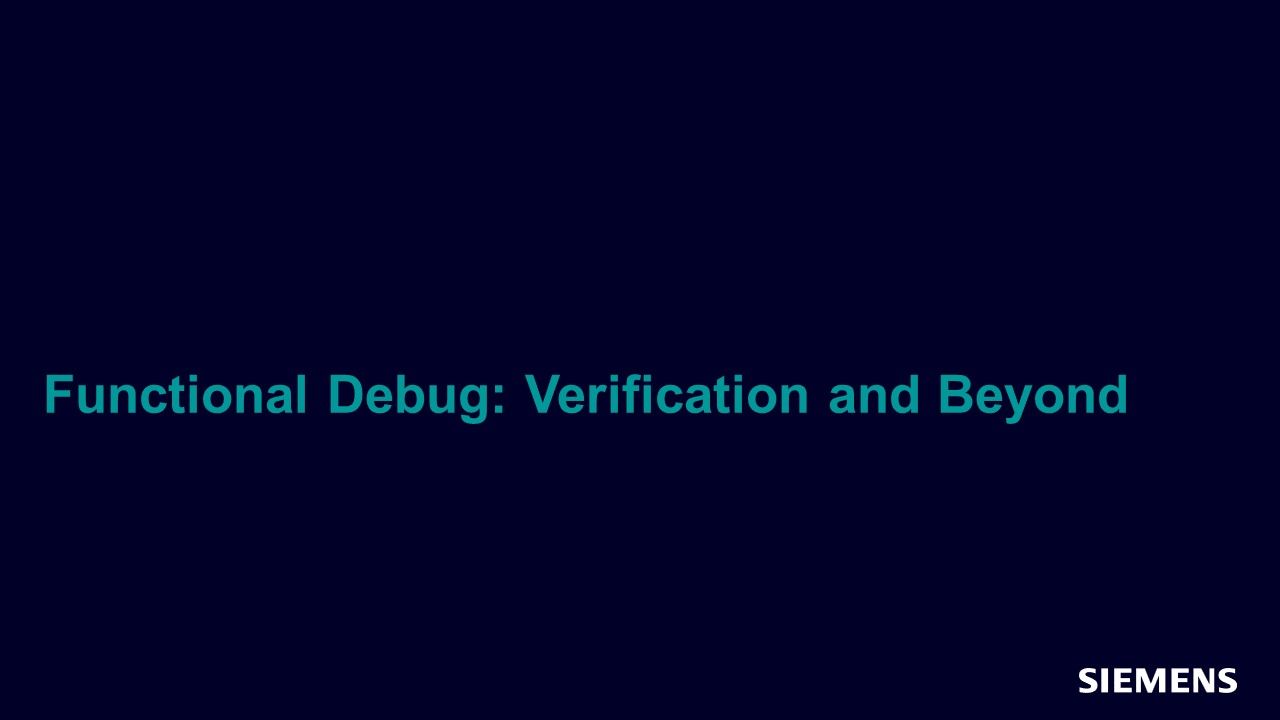
Functional Debug: Verification and Beyond
Webinar - Mar 31, 2021 by Hanan Moller
In this session, we will discuss the features of functional debug solutions and the benefits they bring throughout the SoC development process.
-
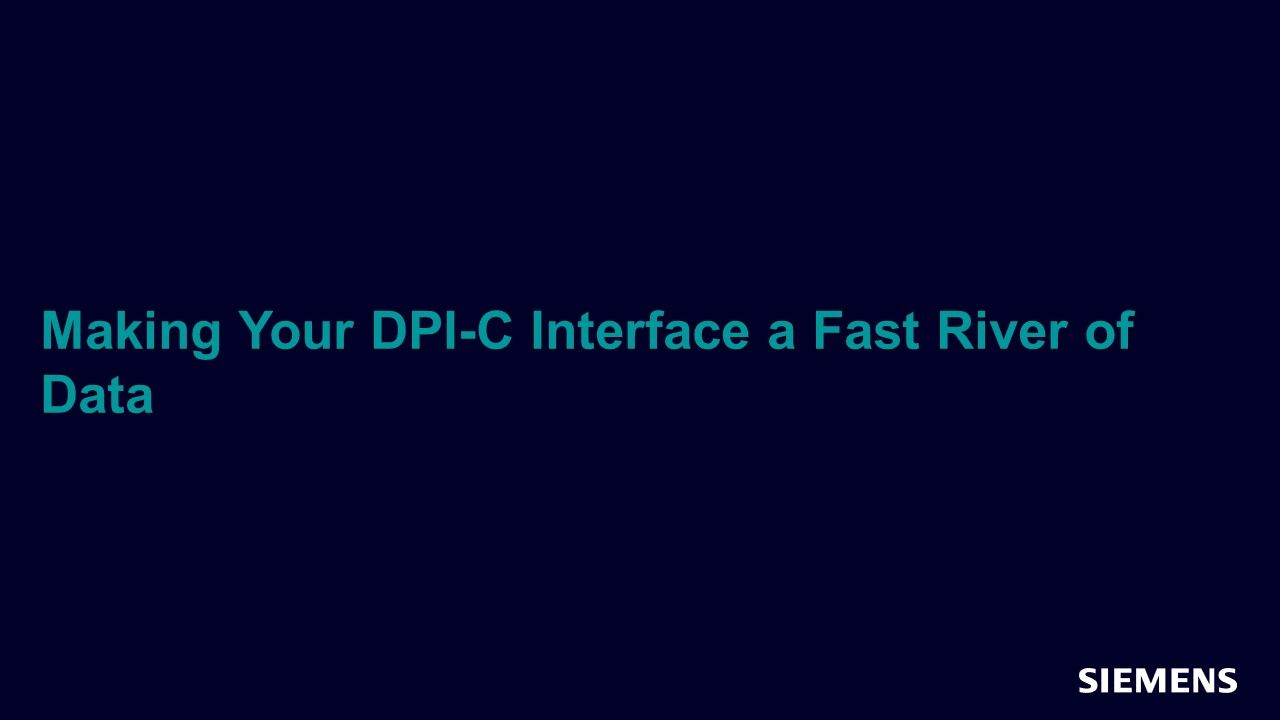
Making Your DPI-C Interface a Fast River of Data
Webinar - Mar 31, 2021 by Rich Edelman
This session will describe DPI-C usage, including imported calls, exported calls, context calls, input, output and inout arguments, call-by-reference and return values. This will be a good reference for beginners but also containing tips and advanced usage for the current DPI-C user.
-

Primary, Anonymous, or What? The Destiny of Ports from Design Top from Off-Chip
Webinar - Mar 31, 2021 by Progyna Khondkar
This session distinctively studies the ‘simulation-impacting’ features of ‘design top’ IOs and the effect of each feature on verification results; this has been accomplished by thoroughly identifying every possible scenario for different design tops, their port types, possible LRM interpretations, presence of design or liberty or UPF attributes, and repercussions at post synthesis simulation.
-
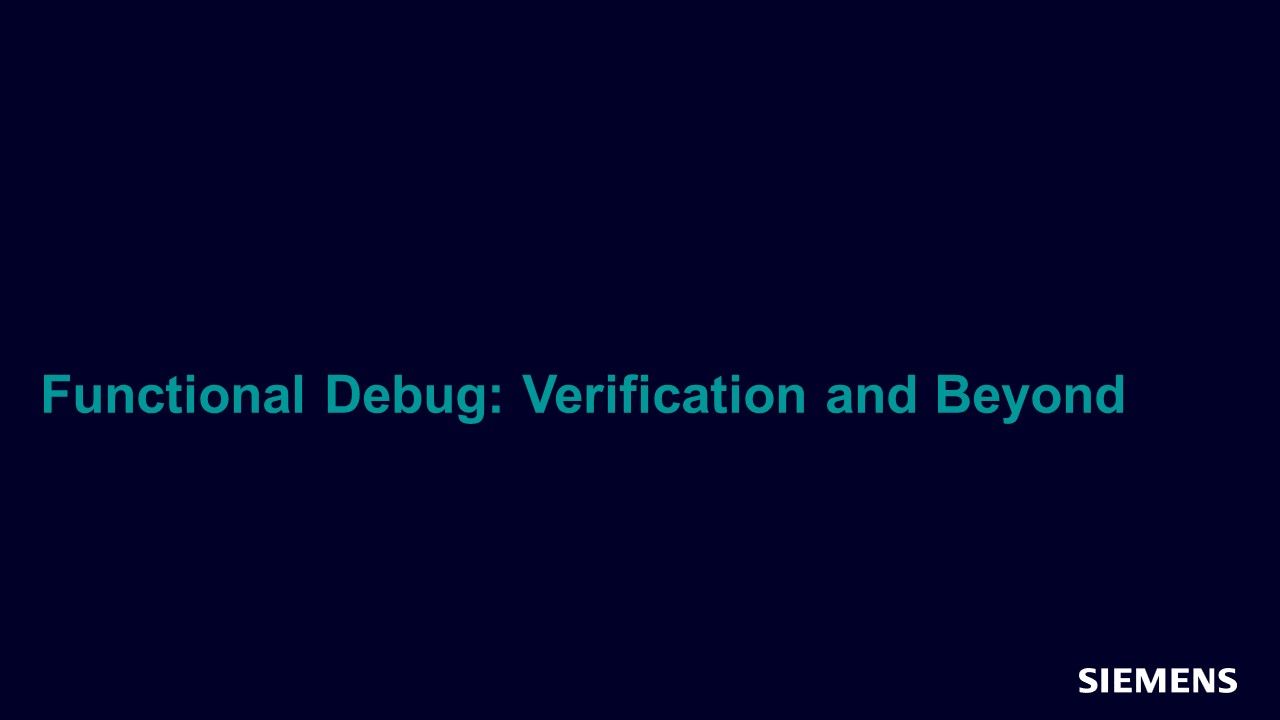
Functional Debug: Verification and Beyond
Webinar - Mar 31, 2021 by Hanan Moller
In this session, we will explore an alternative approach to SoC development, analysis, debug and bring up. We will describe a different approach, in which debug and performance tuning is considered from the outset, by including within the SoC a light but independent infrastructure dedicated to bringing debug visibility across the entire SoC – an approach which is independent of CPU architecture.
-

“Bounded Proof” Sign-Off with Formal Coverage
Webinar - Mar 31, 2021 by Joe Hupcey
In this session, we will show how “Formal Coverage” methodologies and the resulting data enable engineers to effectively judge the quality of verification that these “bounded proofs” provide.
-
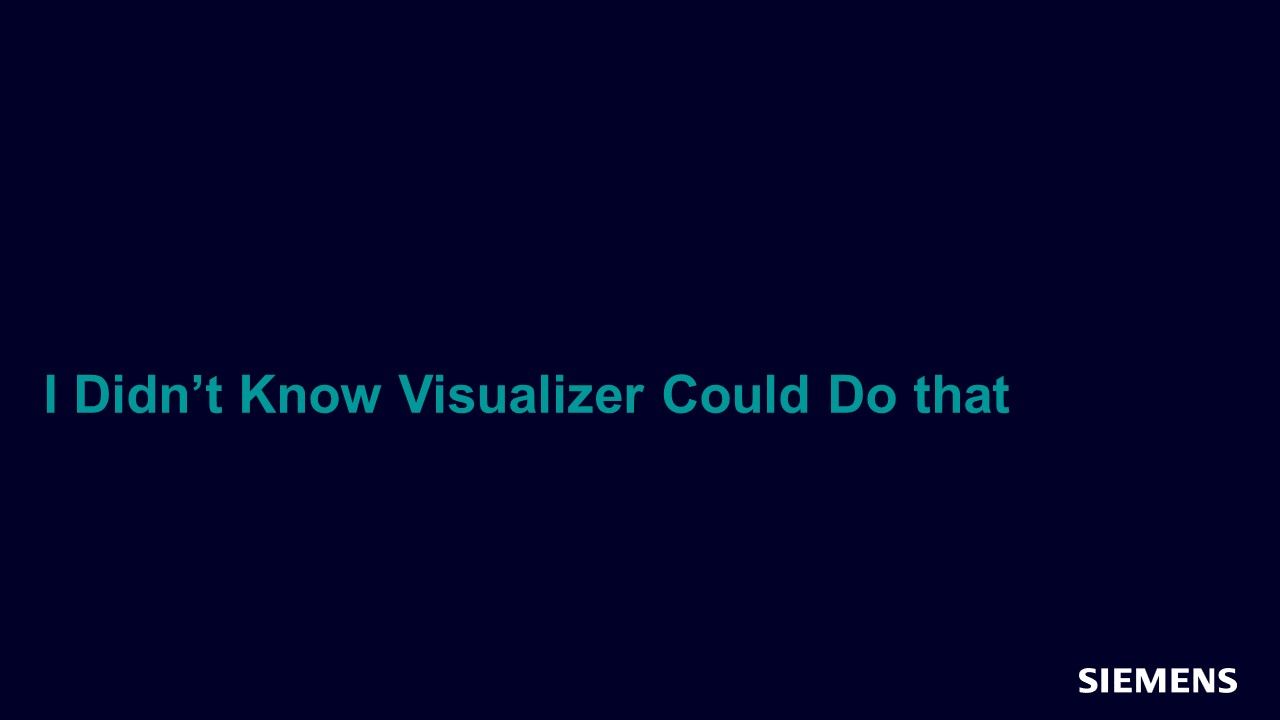
I Didn’t Know Visualizer Could Do That
Webinar - Mar 30, 2021 by Rich Edelman
In this session, you will learn about Visualizer's powerful features that improve debug productivity for System Verilog/UVM, transaction-level, RTL, gate-level and low-power design and verification.
-

Preventing Glitch Nightmares on CDC Paths
Webinar - Mar 26, 2021 by Ping Yeung
As we are investing more in automotive and safety-critical designs, there is a renewed focus on design reliability. Glitches on clock-domain-crossing (CDC) signals will undoubtedly reduce reliability and lead to potential silicon failures. Hence, CDC verification is essential at both the RTL and the gate-level. Previously, we have been focusing on preventing and catching glitches on the data multiplexing paths.
-
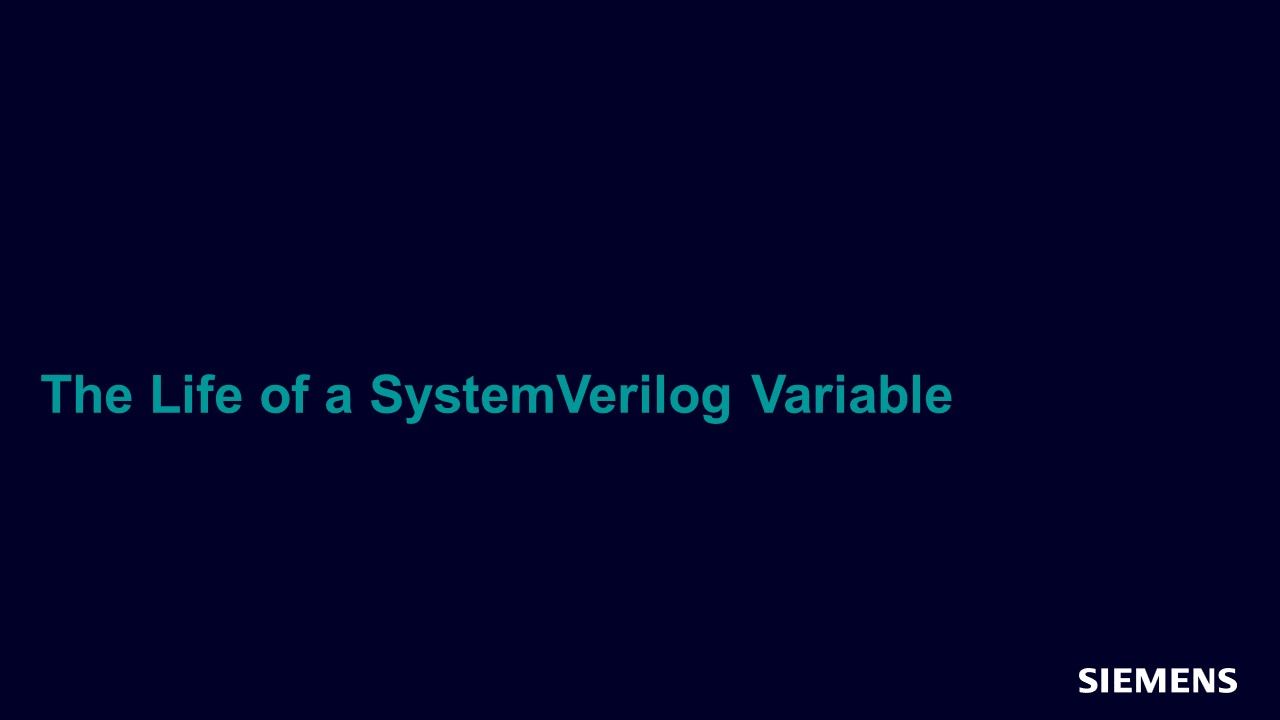
The Life of a SystemVerilog Variable
Webinar - Mar 26, 2021 by Dave Rich
This session presents a background on the different categories of variable lifetimes, what their intended use models are, and how improper usage can be corrected.
-
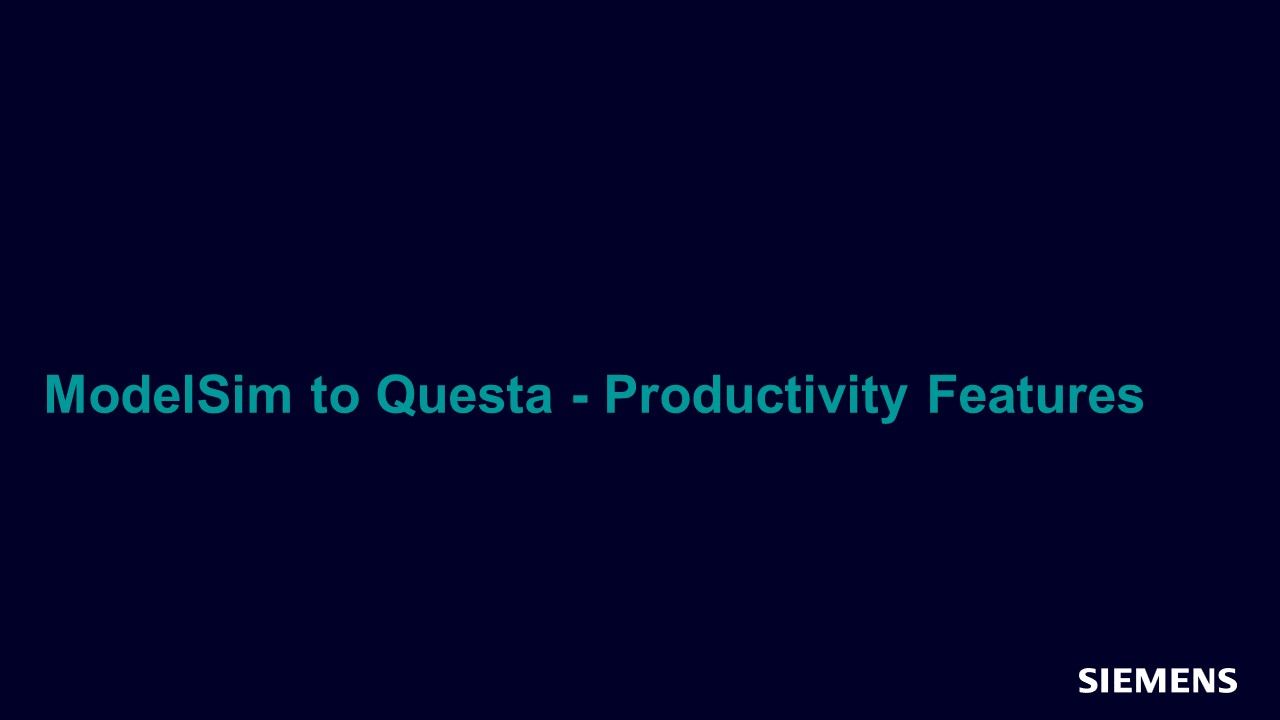
ModelSim to Questa - Productivity Features
Webinar - Mar 25, 2021 by Jonathan Craft
In this session, you will gain an understanding of the differences between the ModelSim and Questa simulators and will be introduced to the advanced verification techniques and methodology necessary for design and verification of high-end FPGA and ASIC.
-
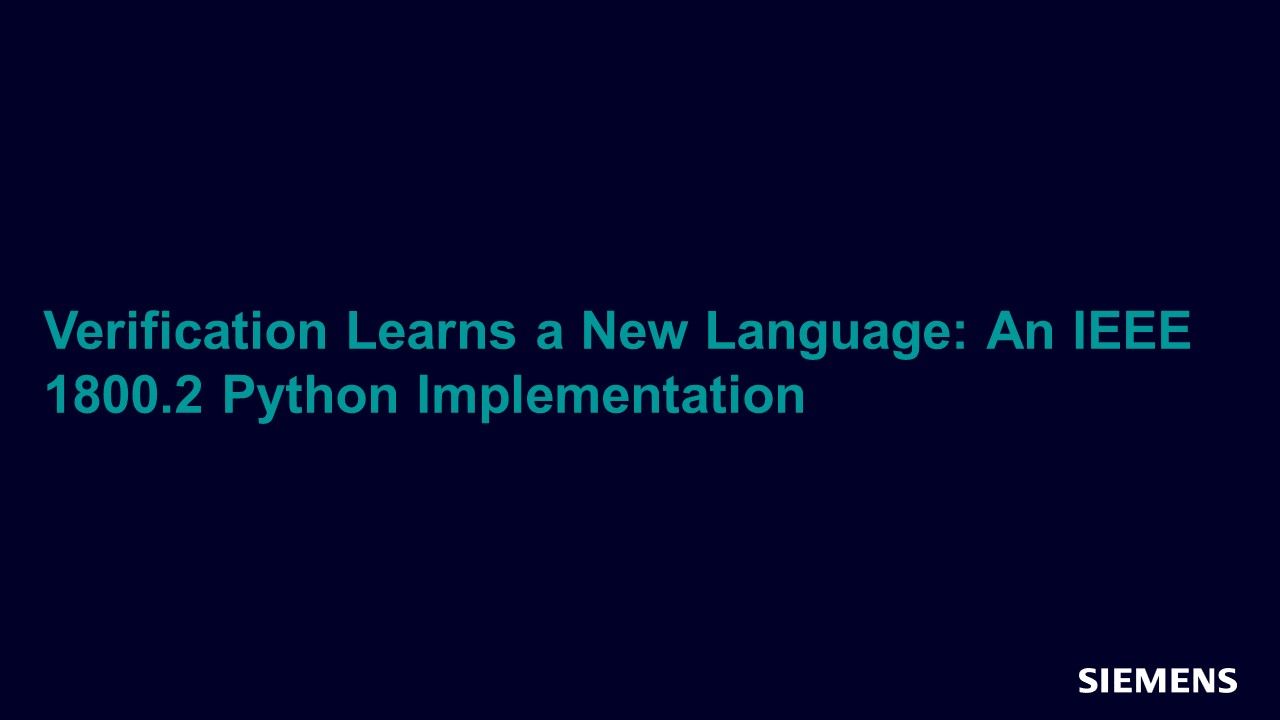
Verification Learns a New Language: An IEEE 1800.2 Python Implementation
Webinar - Mar 25, 2021 by Ray Salemi
This session introduces `pyuvm`, a Python implementation of IEEE Spec 1800.2. It discusses the Python tricks used to implement UVM features such as the factory, FIFOs, and config_db.
-
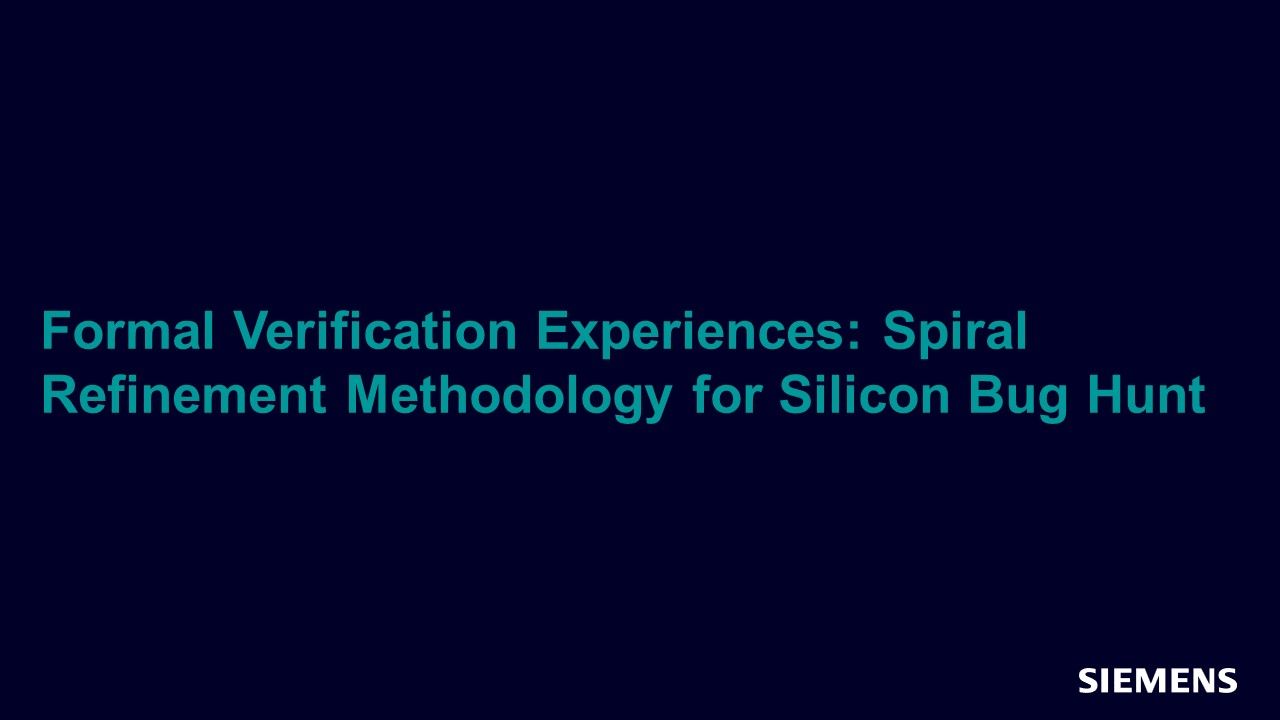
Spiral Refinement Methodology for Silicon Bug Hunt
Webinar - Mar 24, 2021 by Mark Eslinger
In this session, we capture the refinement process into a step-by-step methodology, formulate it graphically so that it is easy to understand and replicate.
-

Advance your Designs with Advances in CDC and RDC
Webinar - Mar 23, 2021 by Kurt Takara
In this session you will gain an understanding of valuable new capabilities available in Questa CDC, RDC and Signoff CDC.
-
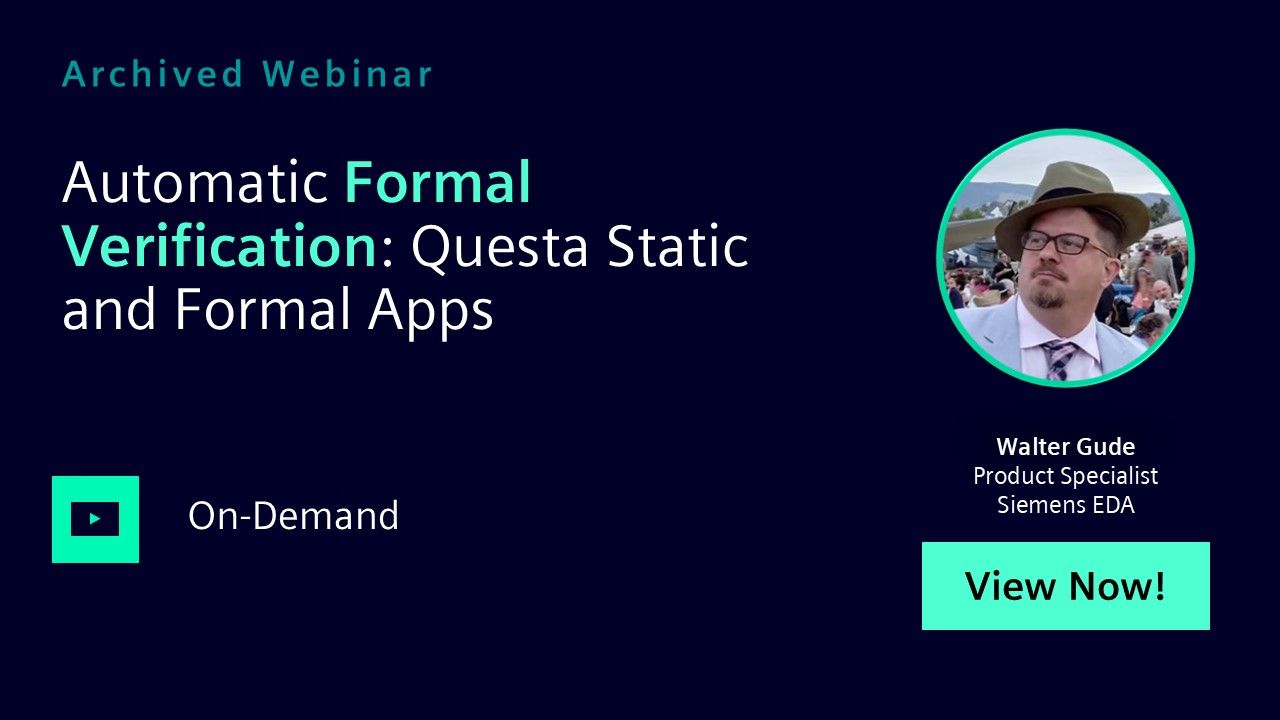
Automatic Formal Verification - Questa Static and Formal Apps
Webinar - Mar 21, 2021 by Walter Gude
In this session, you will gain an understanding of the automatic formal applications that can be used to solve current design and verification challenges.
-
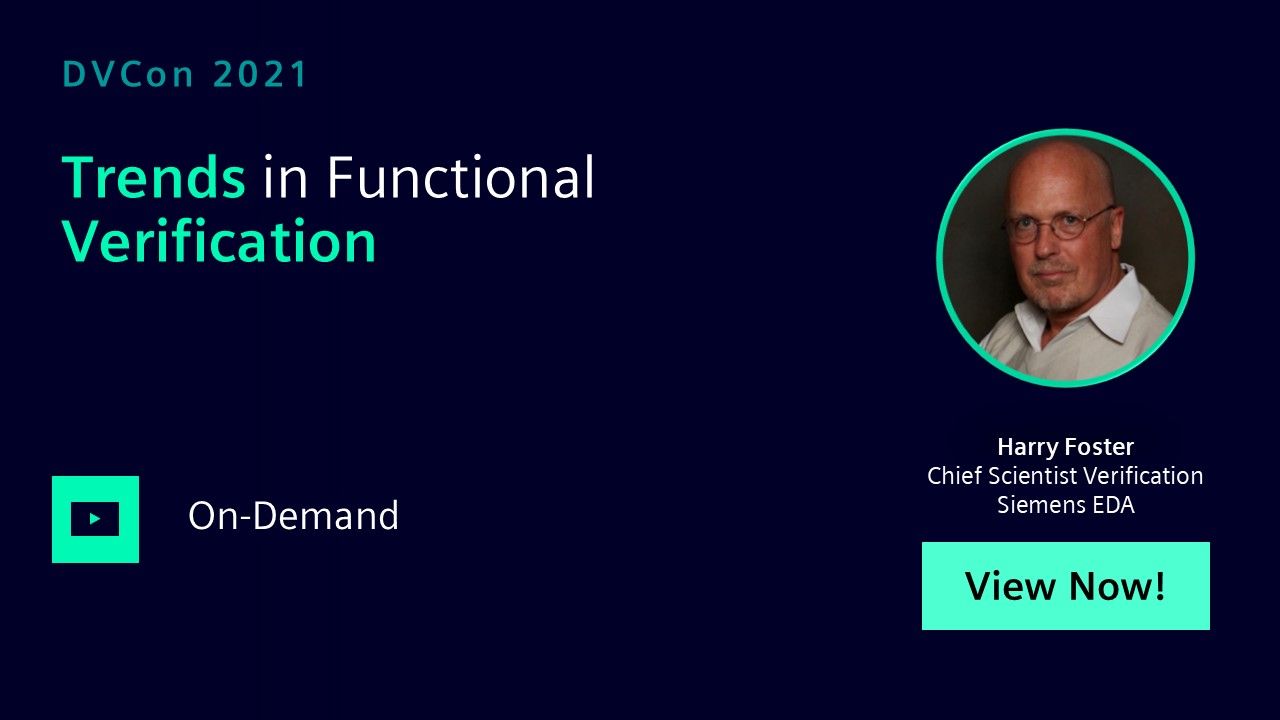
Trends in Functional Verification
Webinar - Mar 02, 2021 by Harry Foster
Adopting proven solutions to achieve functional correctness has become critical. In this talk Harry will explore today’s functional verification landscape and present the latest industry trends.
-

I'm Excited About Formal...My Journey From Skeptic To Believer
Webinar - Feb 26, 2021 by Neil Johnson
In this session, you will learn the about unlikely journey into formal for a verification engineer who’s spent an entire career using simulation.
-
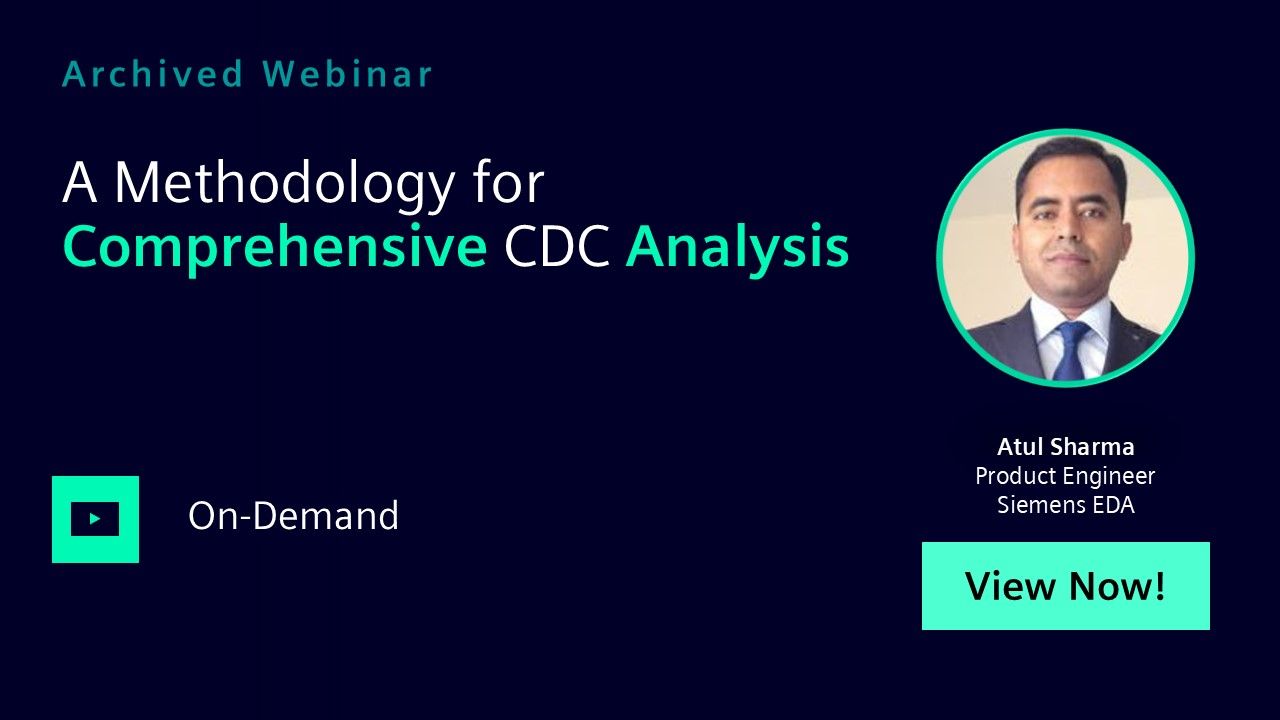
A Methodology for Comprehensive CDC Analysis
Webinar - Feb 26, 2021 by Atul Sharma
In this session we will talk about the right methodology of Clock-Domain Crossing analysis for early design closure.
-
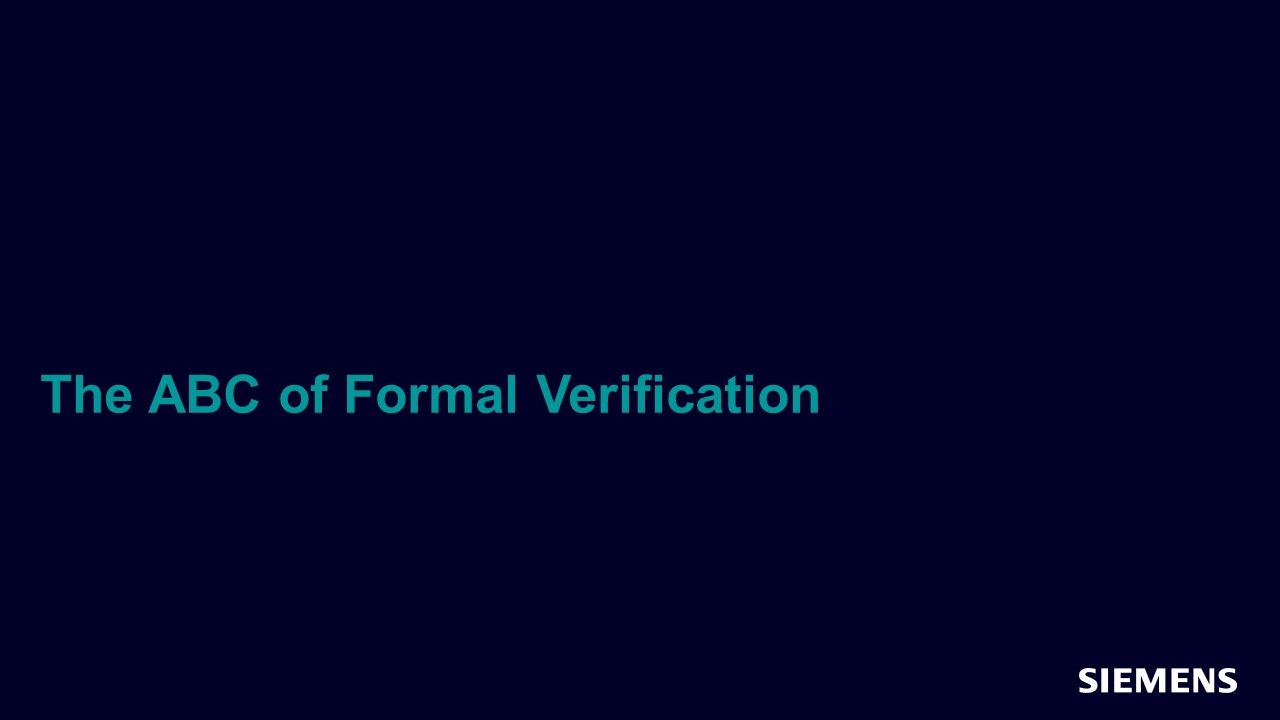
The ABC of Formal Verification
Webinar - Feb 11, 2021 by Dr. Ashish Darbari
This tutorial webinar covers formal methodology in detail focusing on the ABCs of formal: (A) abstraction, (B) bug hunting & building proofs, and (C) coverage in the context of property checking.
-
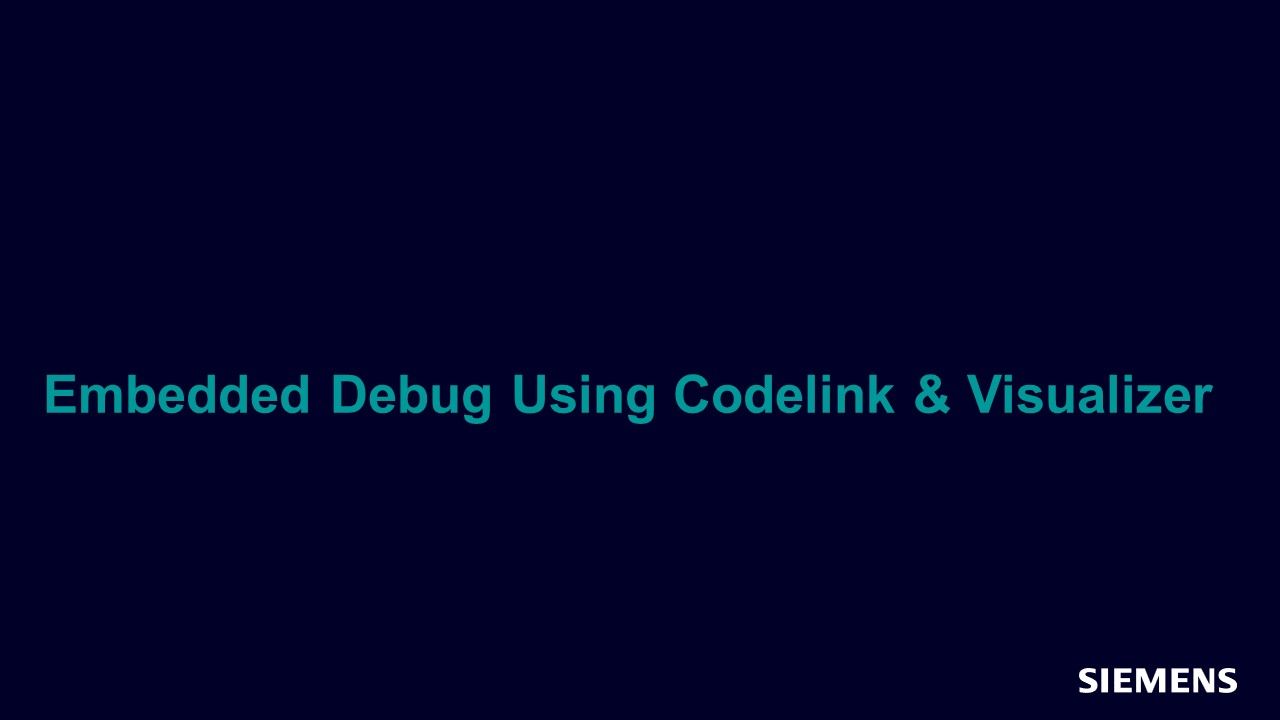
Embedded Software Debug Using Codelink and Visualizer
Webinar - Dec 08, 2020 by Tomasz Piekarz
In this session, you will learn how you can save time and improve your embedded software debug techniques by utilizing tips and tricks in Post simulation.
-
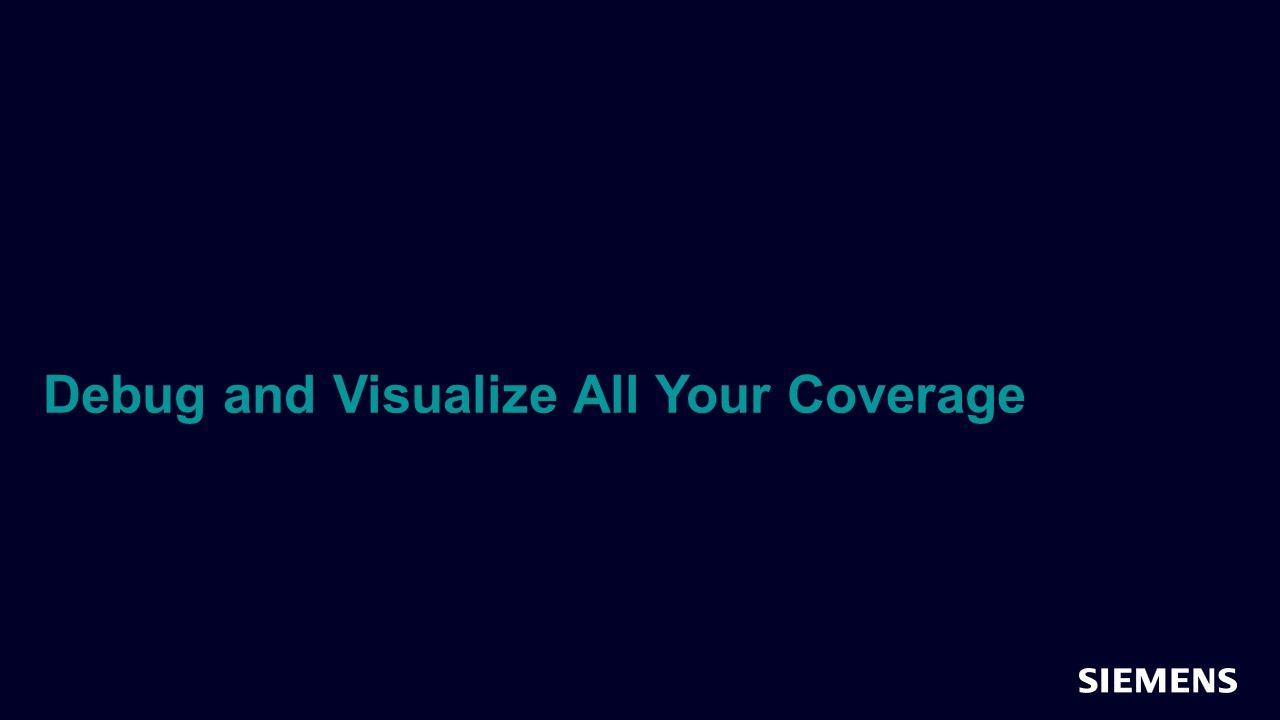
Visualizer Coverage: Debug and Visualize All Your Coverage
Webinar - Nov 19, 2020 by Athira Panicker
In this session, you will learn coverage techniques including; how to use testplan tracker in Visualizer to analyze the testplan, finding uncovered items using code and functional coverage windows and fixing them using coverage debugging mode.
-
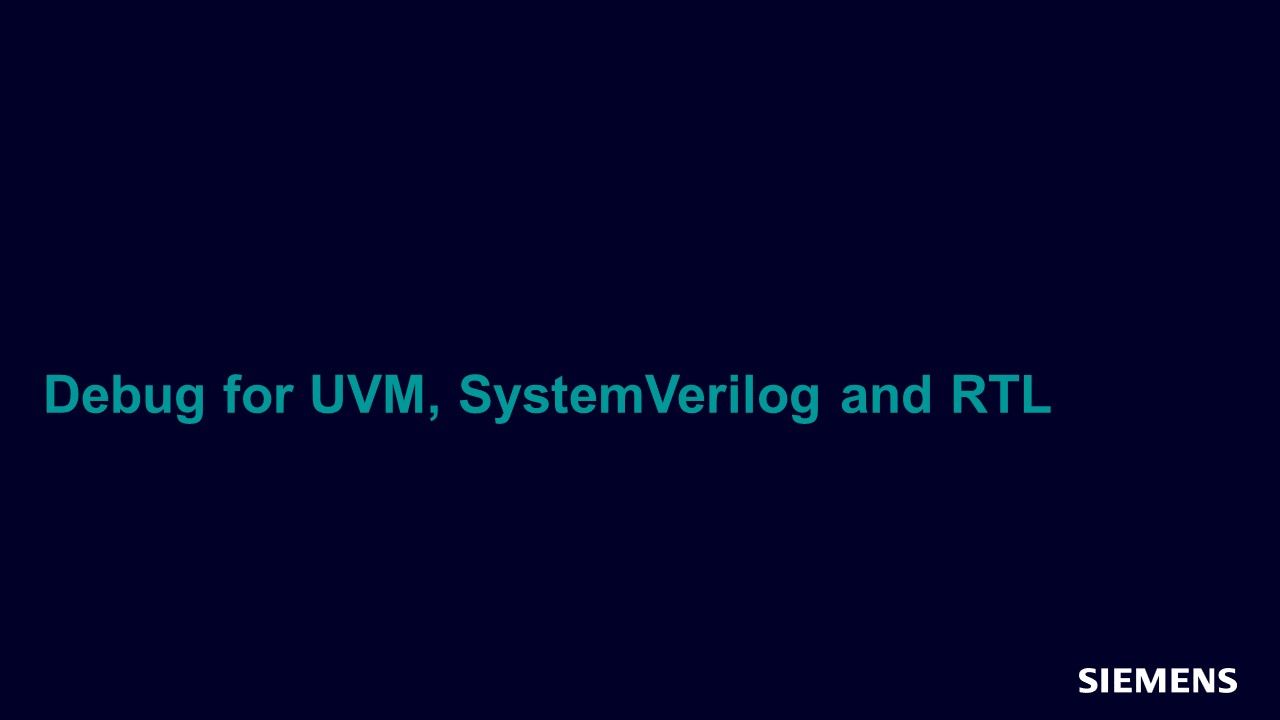
Interactive Debug Techniques for UVM, SystemVerilog and RTL using Visualizer
Webinar - Oct 27, 2020 by Jason Polychronopoulos
This session will cover different techniques for debugging SystemVerilog UVM testbench and RTL source code while running a live simulation.
-
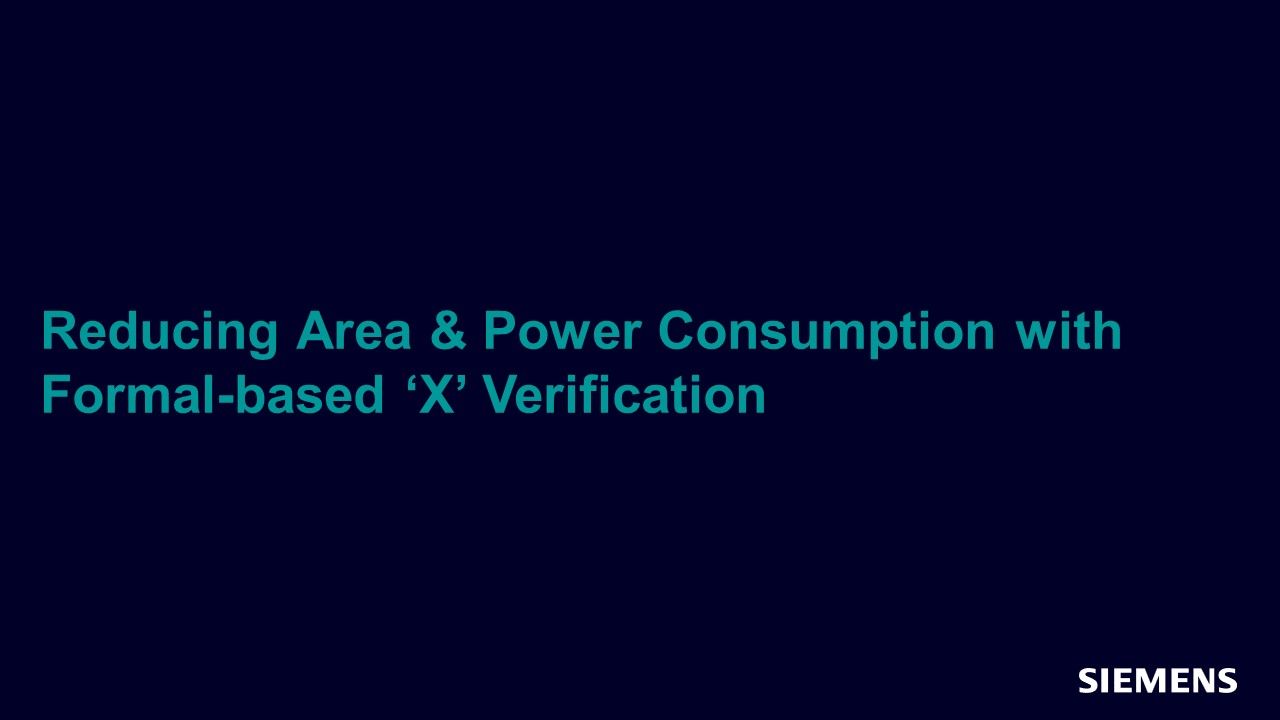
Reducing Area & Power Consumption with Formal-based ‘X’ Verification
Webinar - Oct 15, 2020 by Ping Yeung
In this session we will share a comprehensive static and formal-based methodology employing this app that enables design teams to root cause ‘X’ issues early in the RTL design process.